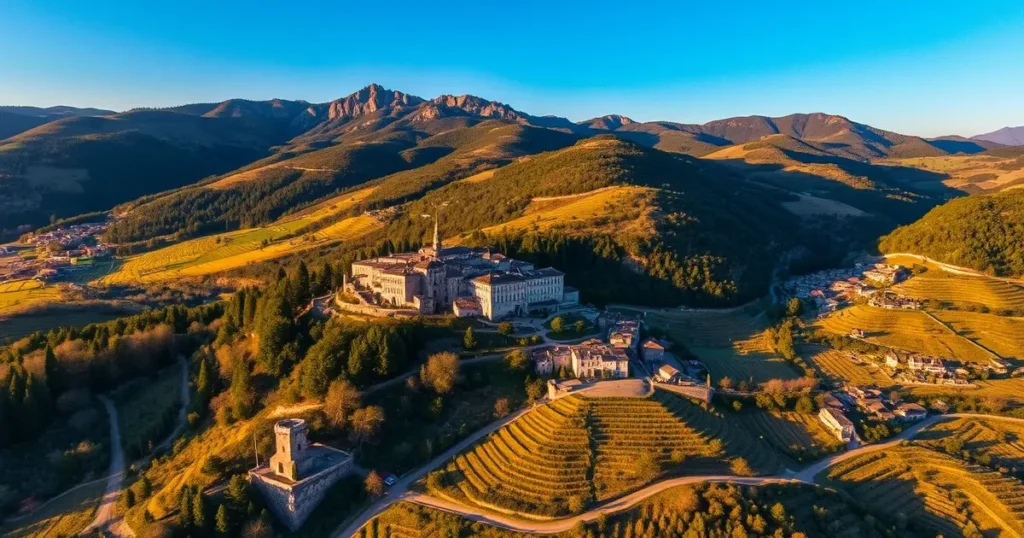In a country famous for manicured gardens and grand buildings, the Cévennes National Park shows a different side of France. This rugged region preserves both natural landscapes and traditional rural life. As a National Park and UNESCO Biosphere Reserve, the Cévennes welcomes travelers to explore stone villages, ancient paths, and living traditions.
Living Cultural Landscape

People and Nature Together
Unlike parks protecting untouched wilderness, the Cévennes celebrates a landscape shaped by human activity over thousands of years. As a result, the region earned UNESCO World Heritage status as a “living cultural landscape of Mediterranean agro-pastoralism.”
Centuries-Old Farming
The landscape clearly shows this human history. For instance, stone terraces climb steep hillsides, built over centuries to create farmland in difficult terrain. Meanwhile, chestnut groves, once called “bread trees” because they were the main food source, still cover many slopes. Additionally, drywalls, irrigation channels, and shepherds’ huts demonstrate how people adapted to this challenging environment.
Living Traditions
What makes the Cévennes truly special is the survival of traditional practices. While many rural areas have abandoned old farming methods, here shepherds still practice transhumance—moving livestock between mountain pastures with the seasons. Every June, a festival celebrates as shepherds lead their flocks through villages to summer grazing lands, continuing traditions that have shaped this landscape for over 3,000 years.
The Stevenson Trail
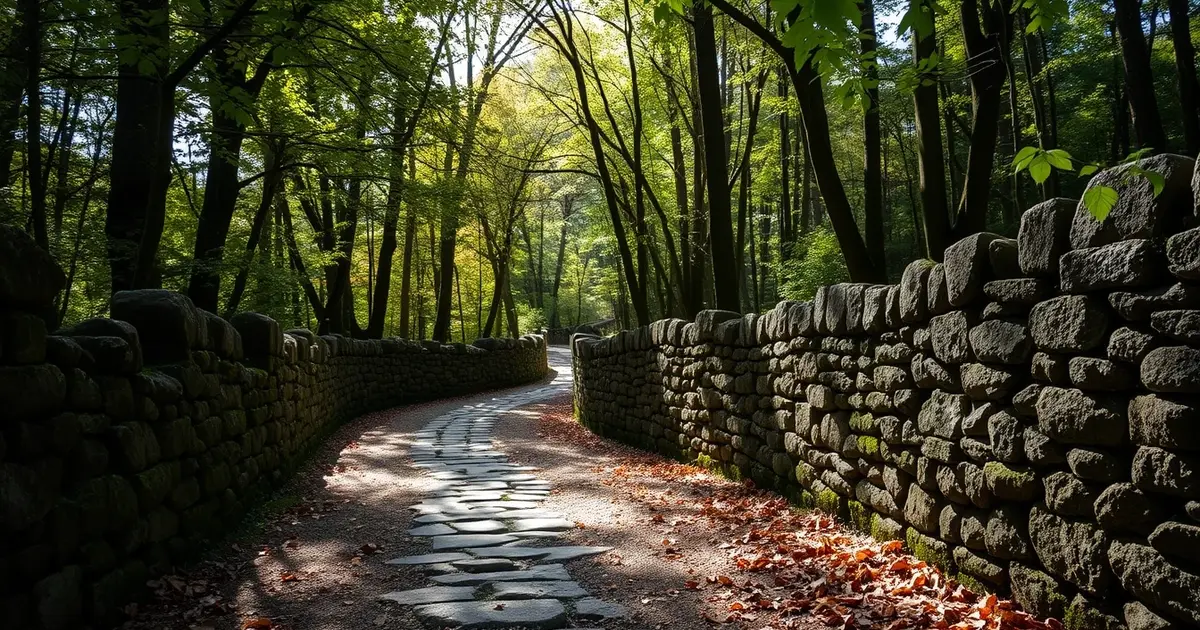
Literary Connections
The Cévennes became famous through Robert Louis Stevenson’s “Travels with a Donkey in the Cévennes,” about his 1878 hiking journey. Today, the 272-kilometer Stevenson Trail (GR70) follows his route, offering a wonderful walking experience through landscapes unchanged since his time.
Varied Scenery
The trail starts in Le Puy-en-Velay and winds south through diverse terrain: volcanic plateaus, chestnut forests, limestone gorges, and granite mountains. Unlike popular trails often crowded with tourists, the Stevenson Trail maintains its authentic character with simple lodging in small villages.
Historical Depth
This path connects walkers to both landscape and history. For example, it passes through villages central to Protestant resistance during religious persecutions of the 17th and 18th centuries. Furthermore, hidden stone meeting places in forests still stand where worshippers gathered when their faith was forbidden. Consequently, these sites remind visitors of the region’s tradition as a haven for independent thought.
Mont Lozère
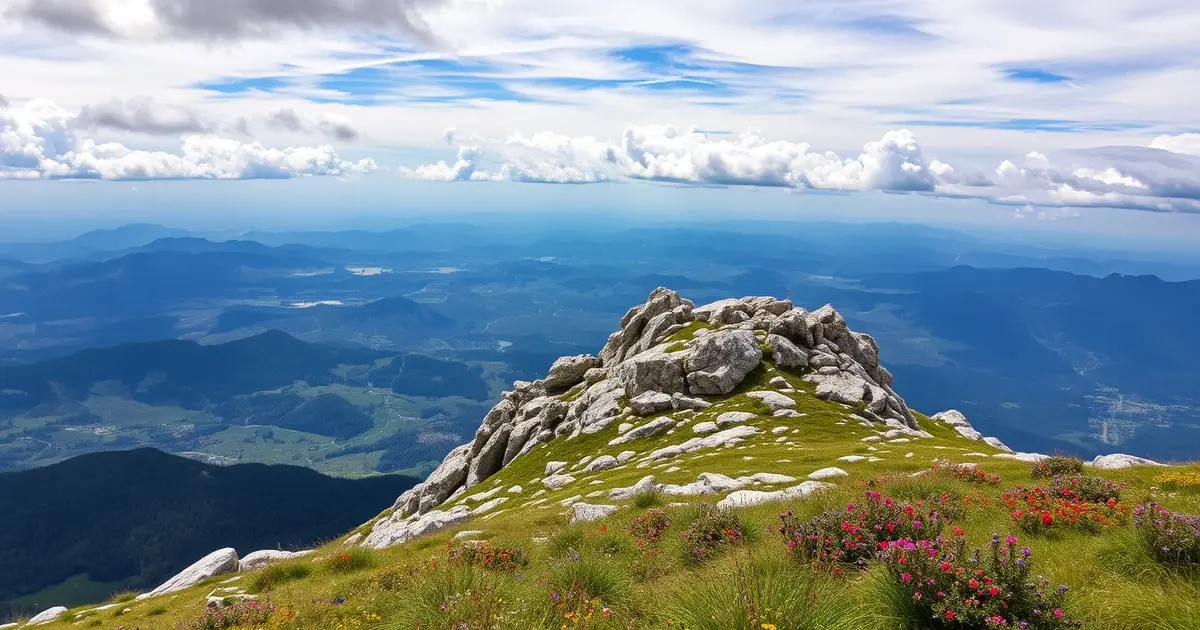
Wild Heights
Rising to 1,699 meters, Mont Lozère forms the roof of the Cévennes with some of the park’s most dramatic scenery. This granite massif, often snow-covered from November through April, is one of southern France’s few truly wild areas.
Rich Wildlife
The mountain’s zones change with elevation: first beech forests, then alpine meadows, and finally the windswept summit plateau. Therefore, this diversity creates habitats for remarkable wildlife, including reintroduced vultures with three-meter wingspans that soar above the peaks.
Stargazing Paradise
Mont Lozère offers exceptional stargazing because of minimal light pollution. The park organizes astronomy events where guides explain both the science of the night sky and the traditional knowledge of Cévennes shepherds, who used stars for navigation long before modern technology.
Authentic Villages
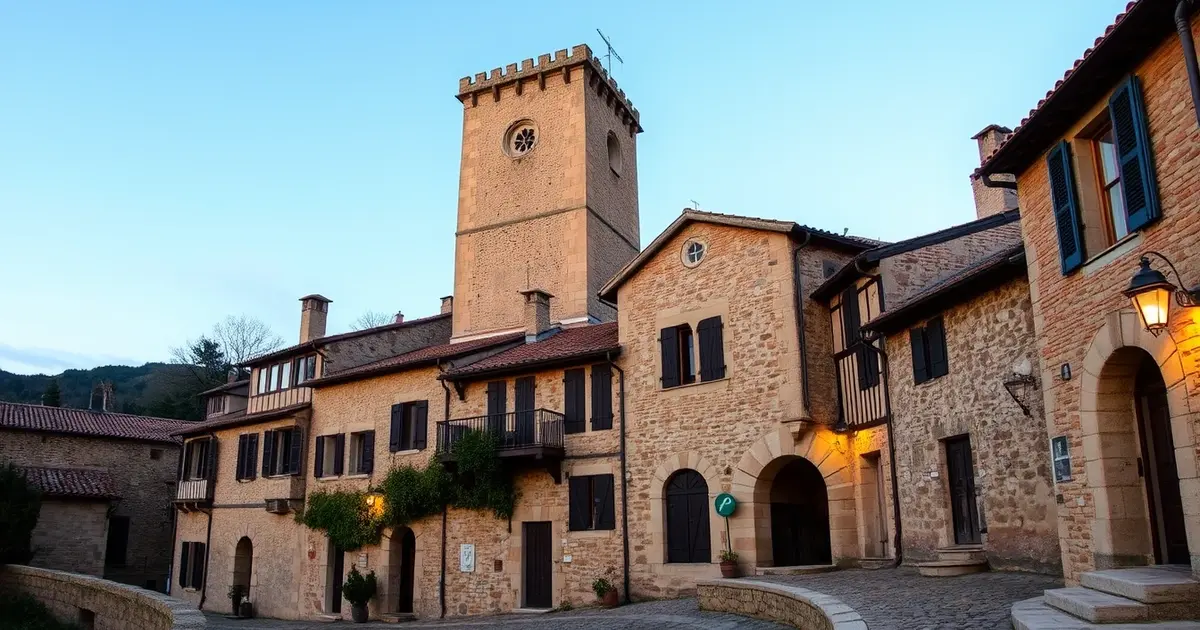
Authentic Communities
The Cévennes villages represent some of France’s most genuine rural settlements, where traditional architecture and community life continue largely unchanged. Built from local stone that varies across the region—from golden limestone to dark schist and granite—these villages seem to grow from the landscape itself.
Medieval Heritage
La Garde-Guérin exemplifies this architectural heritage. This fortified medieval village, among “Les Plus Beaux Villages de France,” sits atop a plateau overlooking the Chassezac gorges. Its defensive walls, communal bread oven, and 12th-century church remain intact, offering a tangible connection to medieval life.
Living Traditions
What distinguishes these villages is their living quality—they function as communities rather than museums. Visitors can experience this authenticity at seasonal festivals like the Chestnut Festival in October or transhumance celebrations in June, when traditions are practiced for their own sake, not as tourist performances.
Limestone Wonders
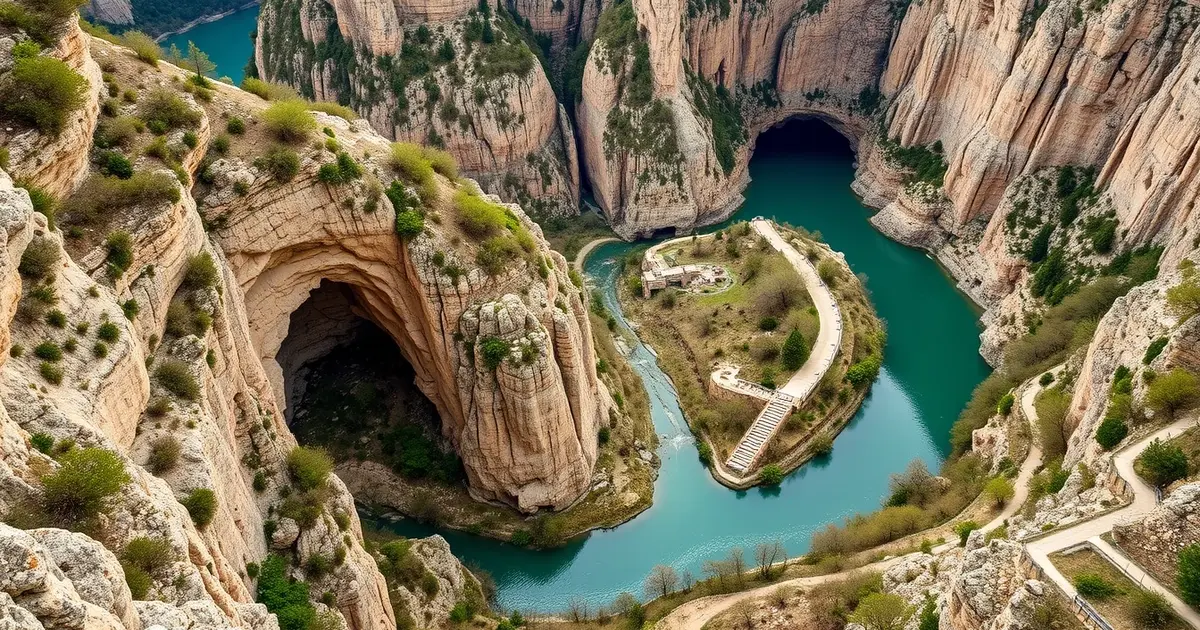
Dramatic Gorges
The southern park includes the Causses—vast limestone plateaus cut by spectacular river gorges. The Gorges du Tarn, where the river has carved a canyon up to 500 meters deep, offers scenes more like the American Southwest than typical European landscapes.
Underground World
The Causses form Europe’s largest karst plateau system, where water dissolving limestone created an extraordinary underground world. The region has over 2,000 documented caves with remarkable formations. Aven Armand features a forest of over 400 stalagmites in a chamber large enough to hold Notre Dame Cathedral.
Rare Ecosystems
The plateau surfaces support rare grasslands maintained by traditional sheep grazing. These open landscapes, locally called “pelouses,” host extraordinary biodiversity with over 720 plant species, many found nowhere else in France.
For travelers interested in other European destinations preserving natural and cultural heritage, explore our article on Slovenia’s Hidden Valleys.
Address Book:
•Maison du Parc National des Cévennes: 6 bis place du Palais, 48400 Florac
•Écomusée du Mont Lozère: Le Pont-de-Montvert
•La Ferme des Cévennes: Florac (traditional farm demonstrations)
•Association Sur le Chemin de Robert Louis Stevenson: Le Puy-en-Velay

